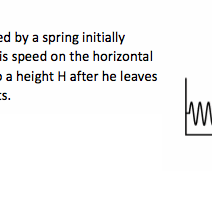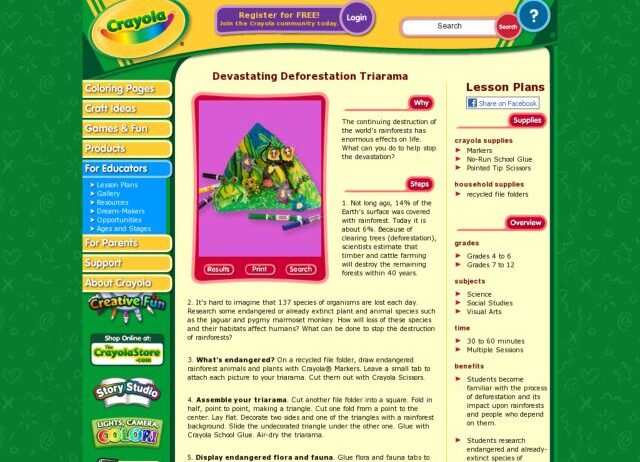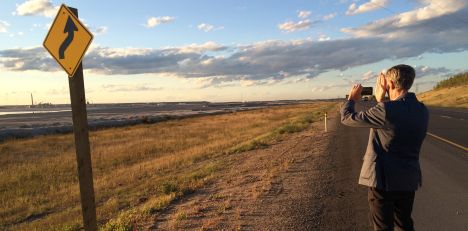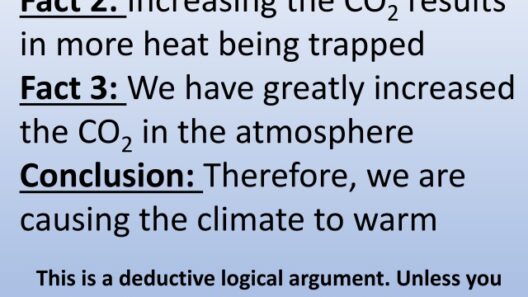Rainforests, often referred to as the lungs of our planet, play a crucial role in maintaining ecological balance. They house an extraordinary diversity of flora and fauna, absorb vast amounts of carbon dioxide, and produce a sizable percentage of the world’s oxygen. However, the relentless tide of deforestation is leading to the retreat of these vital ecosystems, bringing with it catastrophic implications for our climate and biodiversity.
Deforestation is defined as the large-scale removal of trees from forested areas, primarily for agriculture, logging, and urban development. This process is not merely a loss of trees; it is a fundamental alteration of the natural environment. The ensuing fragmentation of habitats precipitates a plethora of challenges, including increased greenhouse gas emissions, loss of biodiversity, and disruption of water cycles.
Understanding the Mechanism of Deforestation
The mechanisms driving deforestation are multifaceted and complex, often driven by socioeconomic factors. Agriculture is the most significant contributor, accounting for approximately 80% of global deforestation. In developing nations, subsistence farming leads to the clearing of rainforest areas, while in wealthier countries, extensive monoculture practices such as soy and palm oil cultivation exacerbate the crisis.
Additionally, illegal logging activities continue to proliferate, motivated by profit with scant regard for environmental ramifications. Infrastructure development, including roads and urbanization, further contributes to deforestation, causing extensive fragmentation of ecosystems that were once interconnected.
The Climate Impact of Deforestation
When forests are cut down, the carbon stored in trees is released into the atmosphere, exacerbating the greenhouse effect. It is estimated that deforestation accounts for approximately 10-15% of global carbon dioxide emissions. These emissions significantly contribute to climate change, which can lead to altered weather patterns, increased frequency of natural disasters, and rising sea levels.
Moreover, the loss of trees disrupts the water cycle. Trees play a critical role in transpiration, the process of releasing water vapor into the atmosphere. The reduction in tree cover can lead to decreased rainfall, diminishing the water resources available to ecosystems and human populations alike. A feedback loop ensues, where changing weather patterns further endanger the survival of remaining forests.
Biodiversity Loss: A Silent Catastrophe
The ramifications of deforestation extend beyond climate change; they present a considerable threat to biodiversity. Rainforests are home to more than half of the world’s terrestrial species, yet their disappearance poses a dire risk to countless species. Habitat loss forces wildlife to migrate, adapt, or face extinction. This loss of biodiversity disrupts ecological balance, leading to the collapse of food chains and ecosystems.
Moreover, the extinction of species may hinder scientific and medical advancements. Many pharmaceuticals are derived from compounds found in rainforest plants. The eradication of these species limits our potential to discover new treatments and cures for diseases. This loss is not merely an environmental tragedy but a profound socioeconomic concern.
The Socioeconomic Dimensions of Deforestation
Deforestation is not just an environmental issue; it interlaces with cultural, social, and economic dimensions. Indigenous communities rely on forests for their livelihoods, cultural practices, and spiritual beliefs. The encroachment upon their territories leads to displacement and loss of cultural identity. Moreover, the economic benefits derived from deforestation often do not reach local communities but instead enrich multinational corporations while exacerbating poverty levels.
Conversely, sustainable forest management presents opportunities for economic growth that honors both ecological integrity and community rights. Practices such as agroforestry, sustainable logging, and ecotourism can yield economic benefits while preserving rainforest ecosystems. Such models are essential for fostering resilience in communities that depend on forests.
Restoration and Conservation Efforts
Amidst the narrative of loss, efforts towards restoration and conservation are burgeoning. Reforestation initiatives aim to rejuvenate deforested areas by planting native tree species, which contribute to carbon sequestration and the restoration of biodiversity. Simultaneously, the concept of conservation easements and sustainable land use represents proactive measures to protect existing forested areas.
Global movements such as the Bonn Challenge aim to restore degraded and deforested landscapes. Such global commitments underscore the necessity of collaborative efforts between governments, NGOs, and local communities to forge a path towards sustainability.
Concluding Thoughts: A Call to Action
As the drumbeat of deforestation grows louder, it is imperative that collective action is taken to halt the tide. The intertwined fates of rainforests and humanity remind us that the preservation of these vital ecosystems is not a luxury but a necessity. Legislative frameworks targeting sustainable practices, coupled with individual consumer choices that prioritize sustainable products, can pave the way for a more harmonious relationship with our planet.
In conclusion, the crisis of deforestation represents a clarion call to reevaluate our interactions with the environment. It is not merely the trees that are retreating, but the stability of our climate, the richness of our biodiversity, and the vitality of countless communities. As stewards of the Earth, we bear the responsibility to champion forest conservation and restoration initiatives, ensuring that future generations inherit a thriving, balanced ecosystem.







